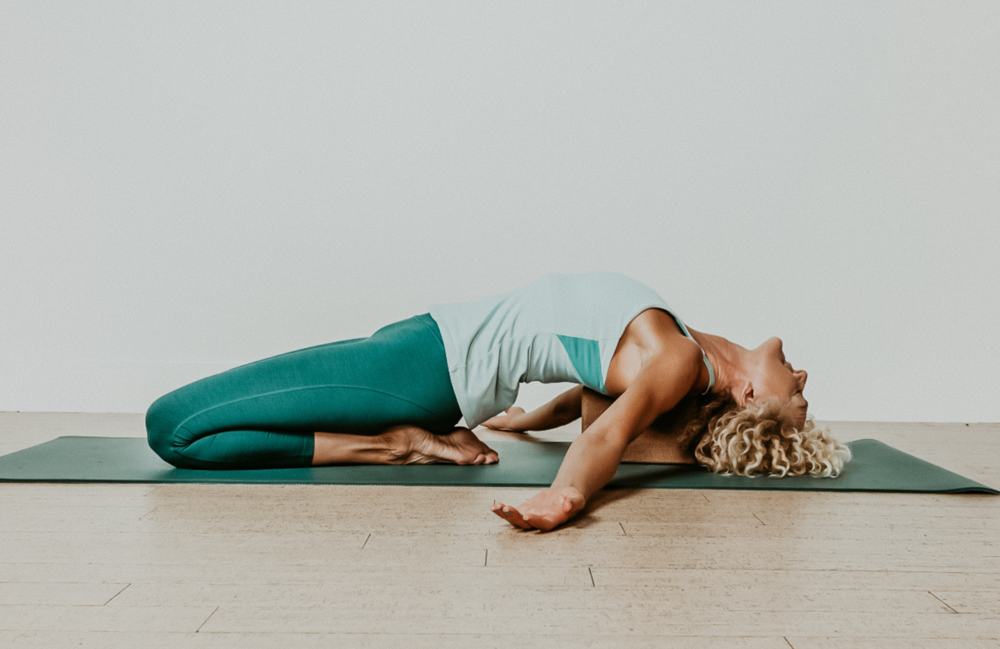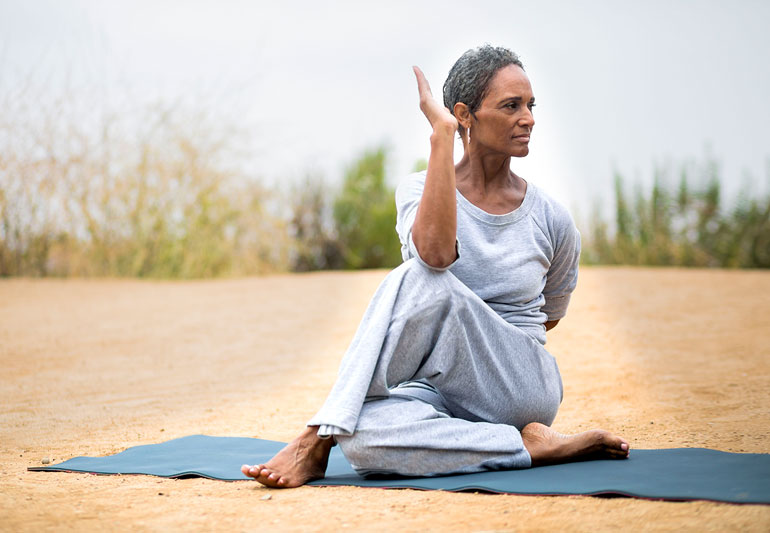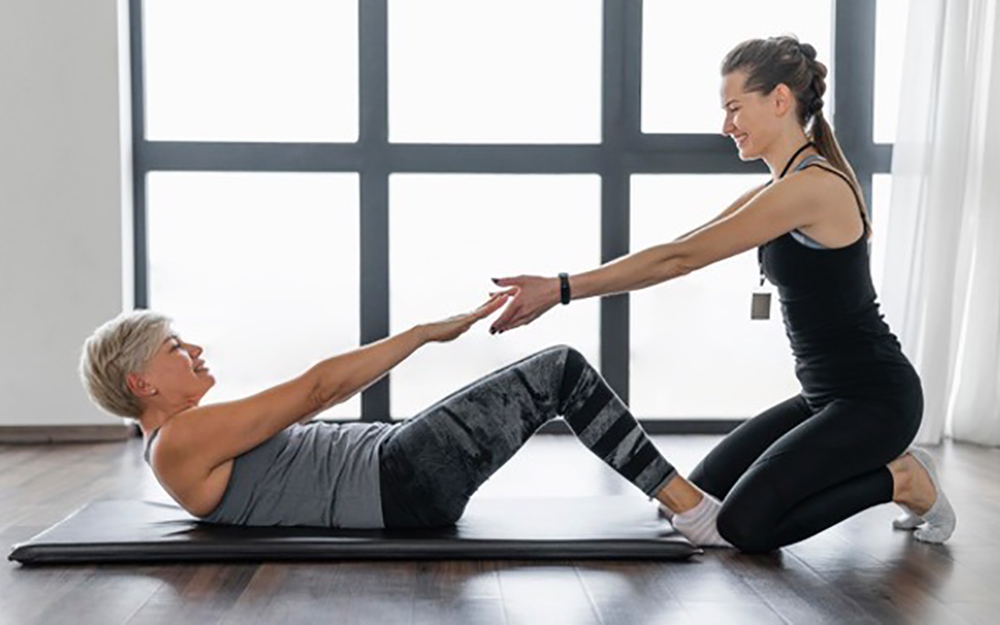Creating a visually appealing and consistent environment in a yoga class can have a significant impact on the overall experience and effectiveness of the practice. In this instructional guide, we will explore the influence of aesthetics and visual consistency in a yoga class hong kong and provide practical tips for creating an inviting and harmonious space.
- Setting up the Yoga Space:
- Natural Lighting: Utilize natural lighting whenever possible to create a warm and inviting atmosphere. Position the yoga space near windows to allow natural light to flow in, enhancing the overall ambiance.
- Color Scheme: Choose a color scheme that promotes tranquility and calmness. Opt for soothing and neutral tones such as pastels, earthy hues, or shades of blue and green. Avoid overly bright or stimulating colors that may distract participants.
- De-cluttering: Ensure the yoga space is free from clutter and unnecessary distractions. Keep the area clean and organized, with minimal furniture and props visible to maintain a sense of openness and tranquility.
- Decor and Props:
- Wall Art and Decorations: Select wall art, paintings, or photographs that inspire a sense of serenity and spirituality. Nature-inspired artwork or images of yogic poses can create a visually engaging and calming atmosphere.
- Plants and Greenery: Incorporate live plants and greenery into the yoga space to enhance the connection with nature. Plants can purify the air, add a touch of freshness, and create a sense of tranquility.
- Yoga Props: Ensure that yoga props such as mats, blocks, straps, and bolsters are visually consistent and well-maintained. Use props in coordinating colors or opt for a uniform set to create a visually cohesive and professional look.

III. Lighting and Ambiance:
- Dimmable Lighting: Install dimmable lighting fixtures to allow for adjustable lighting levels. Dimming the lights during relaxation or meditation segments can create a soothing and calming atmosphere.
- Candlelight: Consider incorporating candlelight for specific sessions, such as candlelit or restorative yoga classes. Candles can create a serene and intimate ambiance, enhancing the overall experience.
- Soft Lighting Accessories: Use soft lighting accessories, such as Himalayan salt lamps, fairy lights, or soft-glow lamps, to add a warm and gentle glow to the space. These lighting elements can create a peaceful and meditative atmosphere.
- Visual Consistency:
- Branding Elements: Incorporate consistent branding elements throughout the yoga space, such as a logo or studio name, to create a professional and recognizable identity. Place these elements strategically, ensuring they blend harmoniously with the overall aesthetics.
- Yoga Class Materials: Design and use visually consistent materials, such as class schedules, signage, and handouts. Maintain a consistent color scheme, font, and overall design to reinforce the studio’s visual identity.
- Instructor Attire: Encourage instructors to wear attire that aligns with the studio’s aesthetics. This may include coordinating colors or a specific dress code that reflects the ambiance and branding of the yoga space.
Conclusion:
Creating an aesthetically pleasing and visually consistent yoga space in Hong Kong can greatly enhance the overall experience for practitioners. By focusing on natural lighting, color schemes, decor, lighting, and visual consistency, yoga studios can create a tranquil and inviting environment that supports relaxation, focus, and a deeper connection to the practice. Implement the tips provided in this instructional guide to create a visually harmonious and captivating yoga class in Hong Kong.



